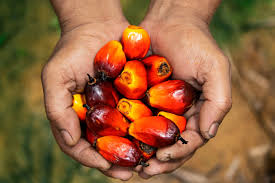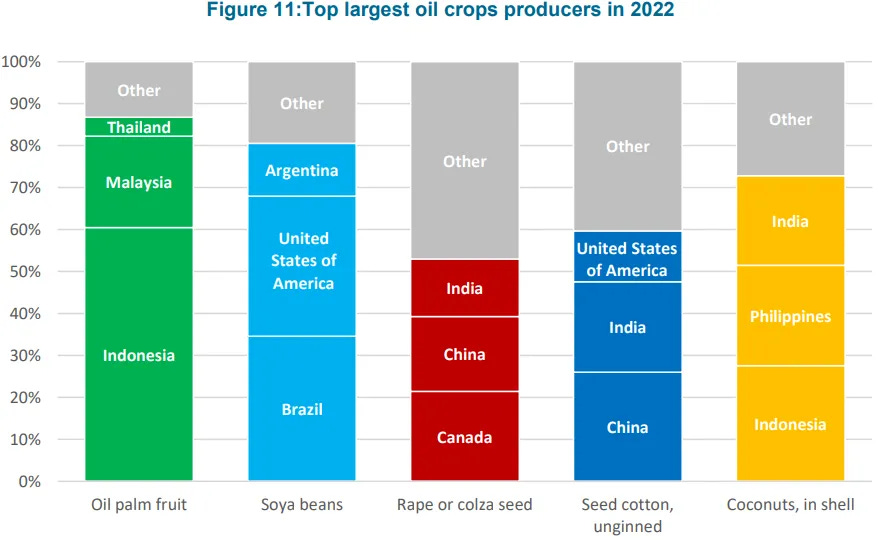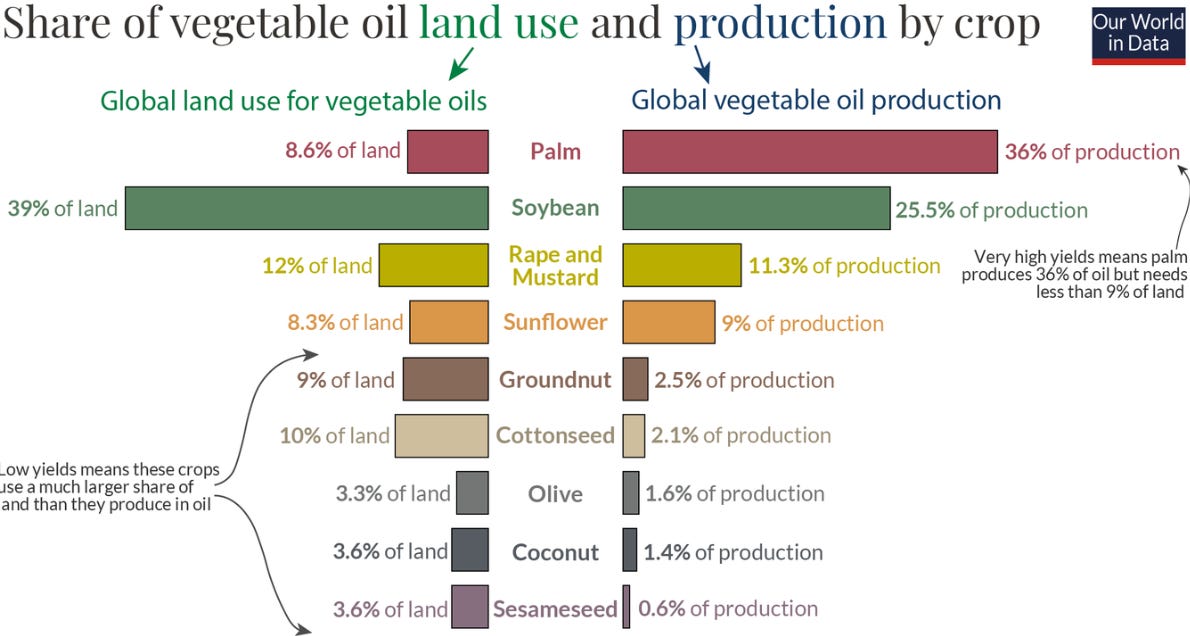Introduction:
While researching investment ideas for a stock pitch, I came across a company called MP Evans (LON:MPE), a palm oil producer in Southeast Asia. This sparked my interest in the palm oil market— a commodity I had always been aware of in the background but never fully understood. All I knew was that palm oil has a negative environmental impact and is found in many of the foods we eat. I decided to explore the supply, demand, its challenges, and what the future holds.

Supply:
Unsurprisingly, the oil palm tree only grows in tropical regions, specifically within 10 degrees North and South of the equator. While this region includes many countries, Indonesia and Malaysia are the two largest players in the palm oil market, accounting for over 80% of global palm oil production. This level of market concentration is notably high compared to other vegetable oils.
The rise in palm oil’s popularity is driven by its high yield per hectare, which makes it the cheapest vegetable oil to produce. This can be seen as saving land that would be needed to fulfill the insatiable global demand for vegetable oils.
Once planted, the oil palm seedling takes about 2 years to mature into a tree. However, it typically takes an additional 3 to 4 years before the tree begins producing fruit. During this early phase, production is relatively low. The tree reaches peak productivity by its seventh year and maintains this high level of output until its 18th year. After that, the commercial lifespan of an oil palm tree is around 25 years, at which point replanting is necessary.








